It can contain parasites
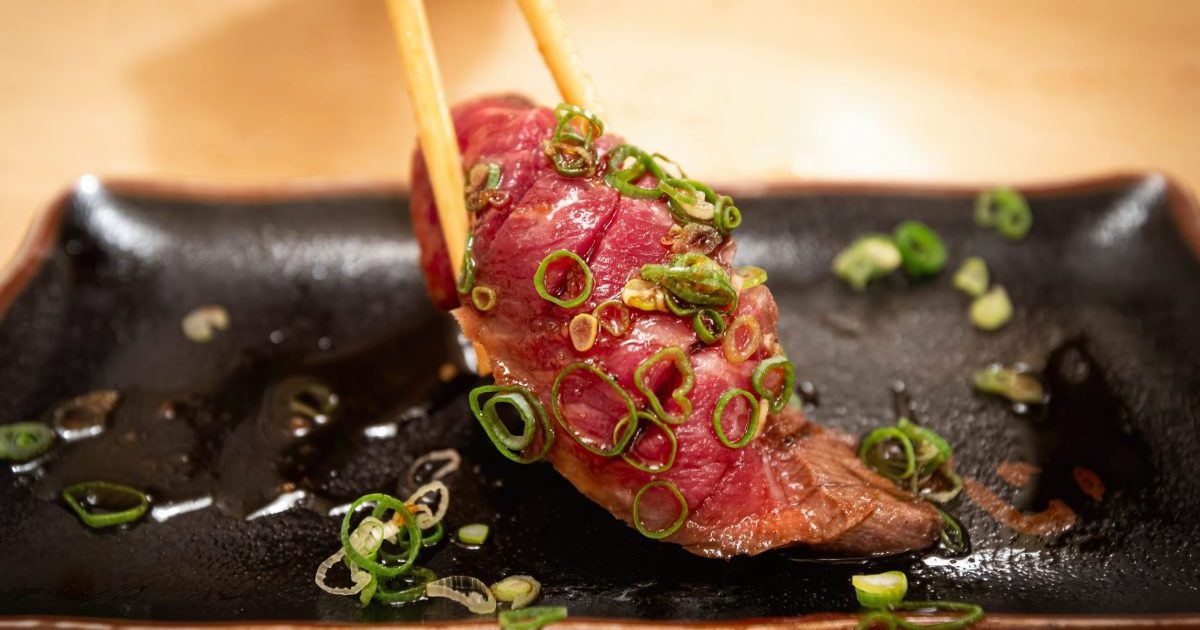
Recent studies have shown that infections from the anisakidosis parasite – or worm disease – are on the rise among sushi consumers. Now properly trained sushi chefs should be able to detect this as they can be seen in the fish but a few are slipping through the cracks, as it were. The Center for Disease Control rightly warns that the only way for you to avoid these parasites is to eat cooked fish.
Fish are swimming in nuclear wastewater
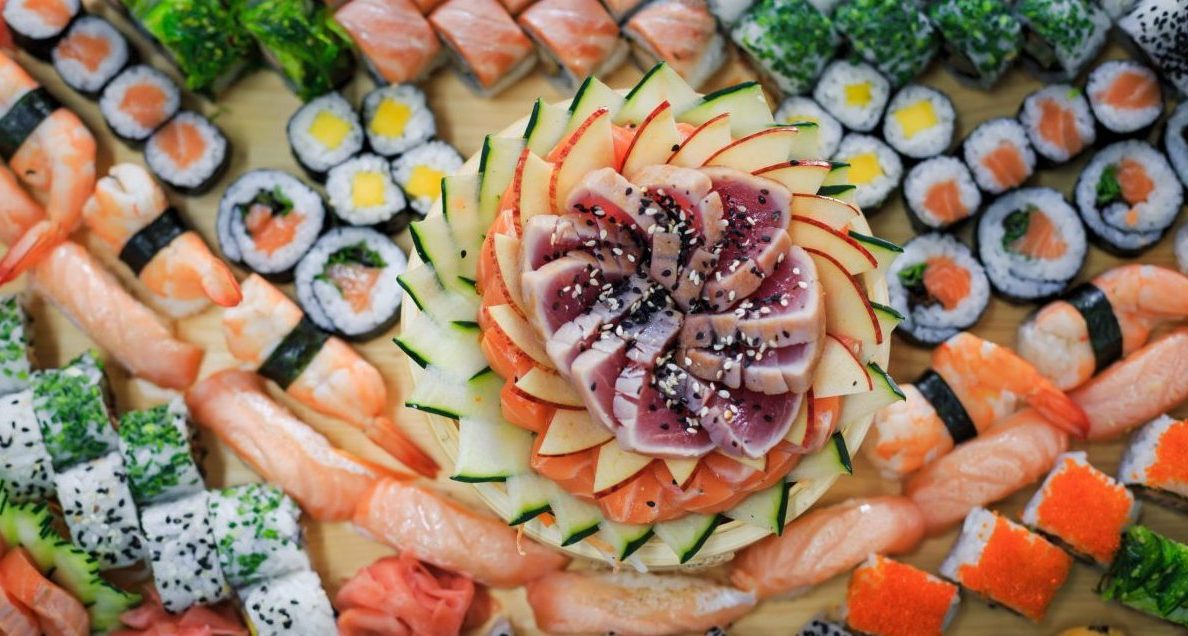
In April 2021, Japan announced its decision to throw radioactive water from its worn-down nuclear complex in Fukushima Prefecture into the sea. Some might suggest this means only certain geographical areas are at risk of contamination, but the truth is that all the oceans in the world are simply one big, interconnected ocean. That means the entire world’s fish population is at risk of contamination.
It’s not even from Japan
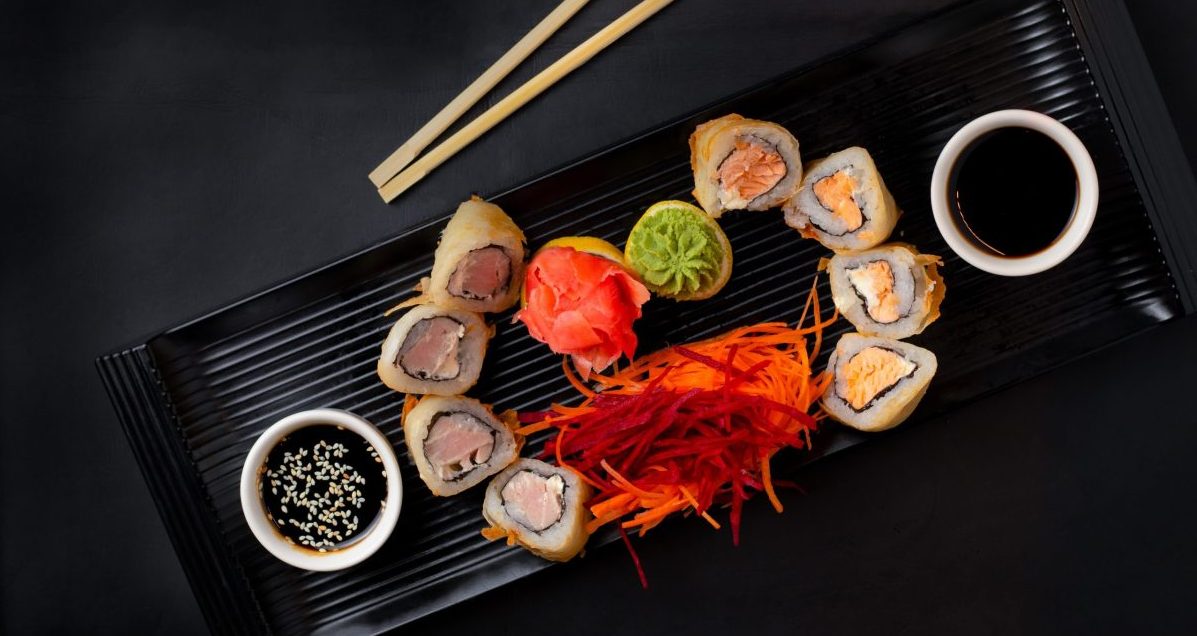
Although Japan is as inextricably linked to sushi the way New York is to pizza, it isn’t its birthplace. The practice of making sushi is believed to have started around 500 B.C. in the rice-growing region of Southeast Asia, along the Mekong River. Fermenting fish in reach was introduced to Japan by the Chinese in the 8th century.
Nori originated from scum
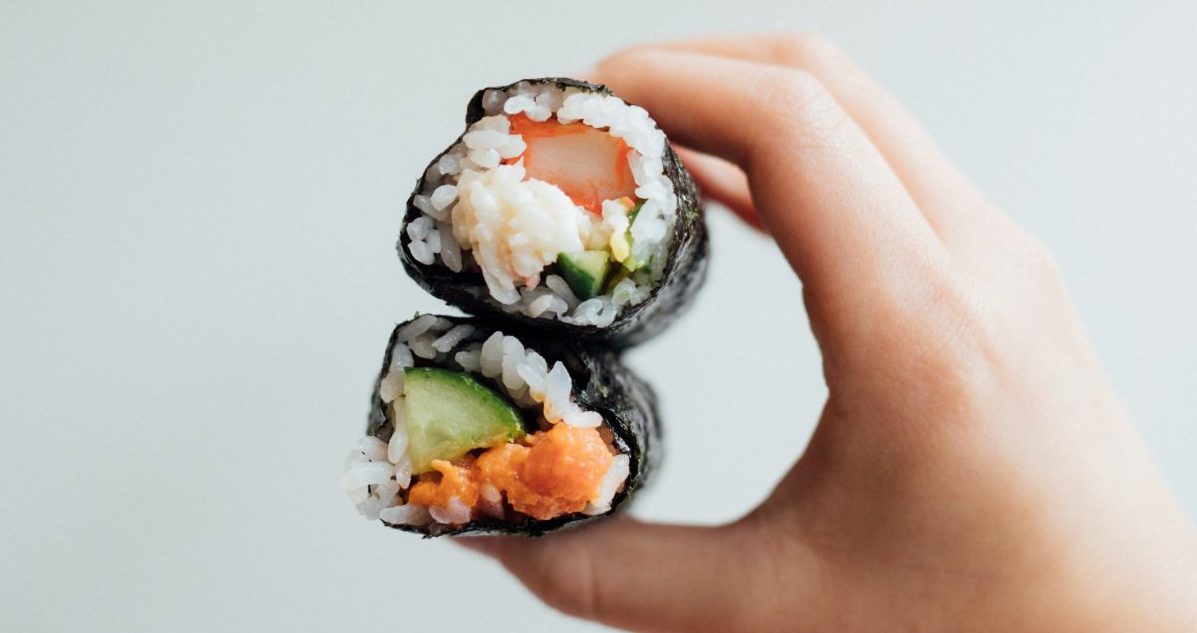
No, this isn’t a figure of speech: some sushi is, quite literally, scum. In the past, seaweed was scraped off the undersides of boats and wooden pier legs. The scummy result was then formed into sheets and dried. Most of the nori you’ll get today is cultivated on farms. In the western world, it’s also toasted to get rid of the pongy smell.
It contains a lot of mercury
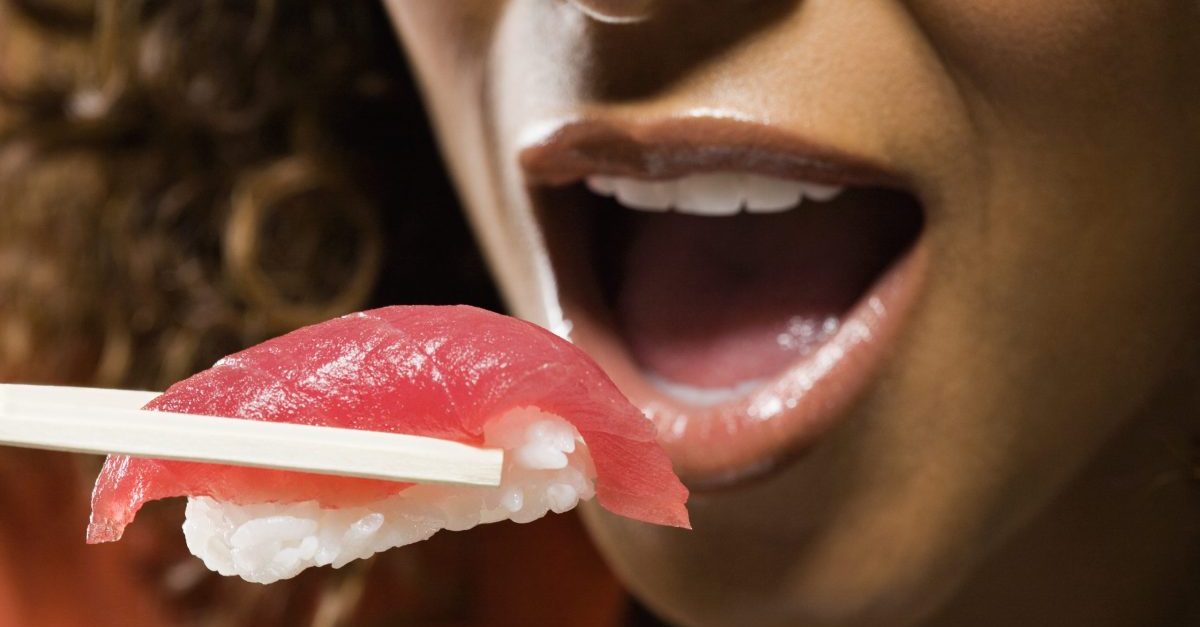
If you occasionally eat sushi, mercury levels won’t be something you have to worry about. But if you eat it weekly, the mercury you’re consuming cancels out the benefits of the omega-3s and increases your risk of cardiovascular disease. Mercury in fish has also been linked to health issues in children and pregnant women such as developmental disabilities and shortened attention spans.
Crispy rolls are terrible for your health
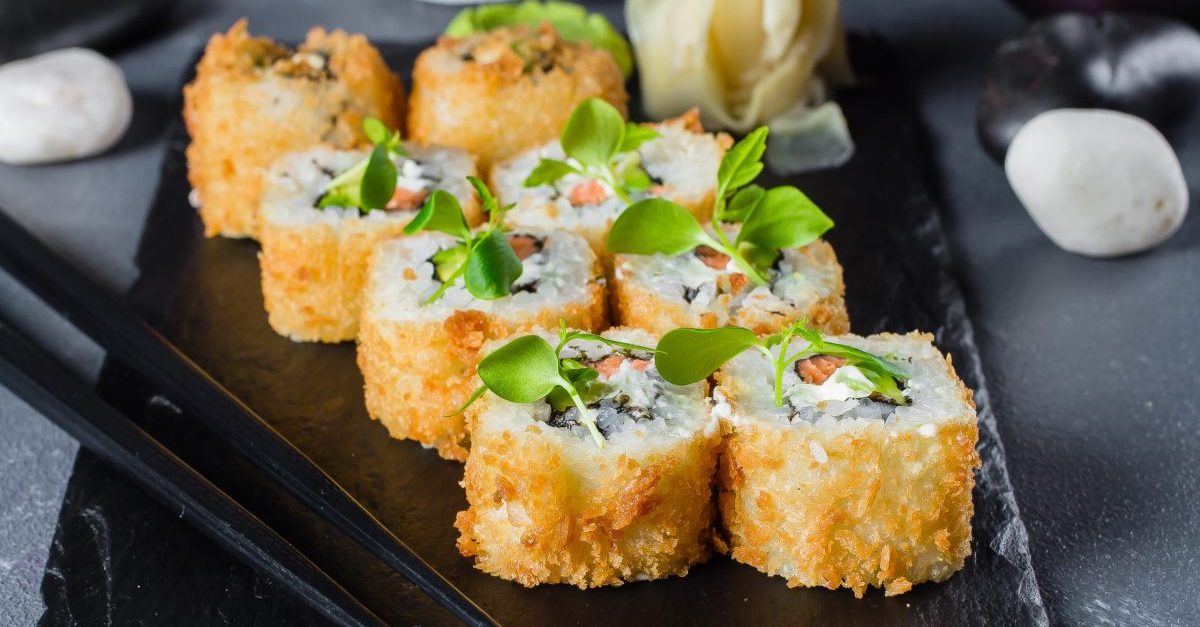
Crispy, spicy roll sushi can be a taste sensation at the worst of times but the truth is that the battered and deep-fried coating is most likely done in canola oil, and is super bad for your health. This genetically modified oil can cause kidney, liver AND heart problems, as well as hypertension and strokes. Be sure to give these a miss the next time you’re at a Japanese restaurant.
There’s a ton of bacteria in it
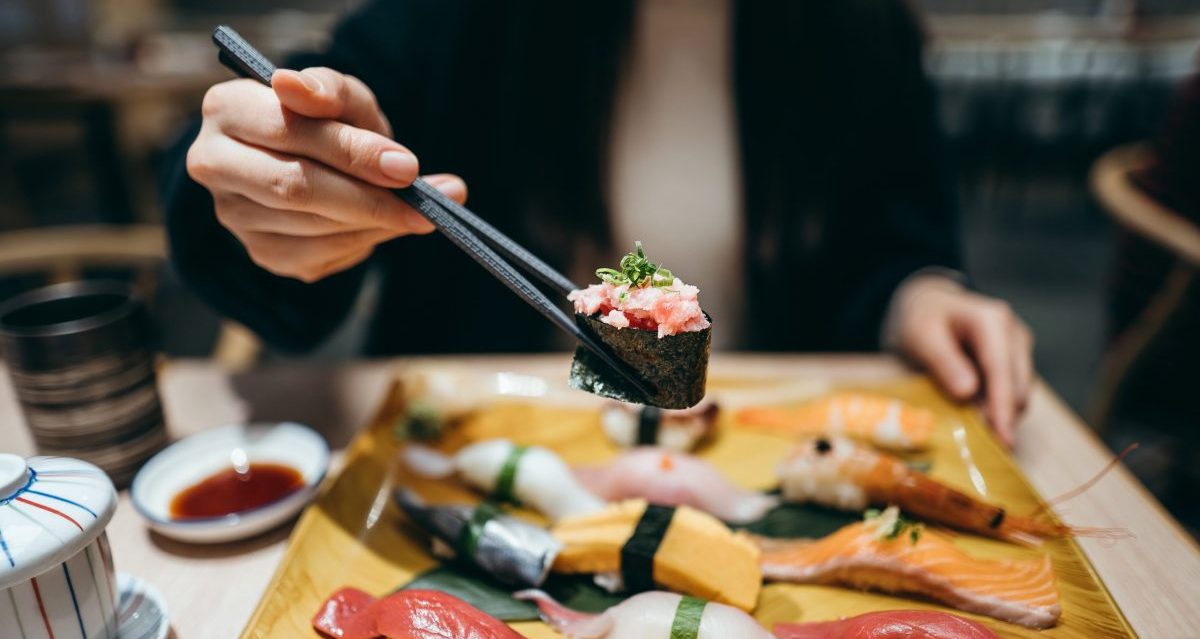
A study in Norway detected the bacteria mesophilic Aeromonas spp – which is known to cause skin and soft tissue infections, as well as a host of gastrointestinal issues – in 71 percent of 58 supermarket sushi samples. Poor temperature management between the factory and the supermarket were to blame for this. That isn’t to say restaurant sushi is a breeze. Another study found that salmonella and listeria was higher in ‘fresh’ restaurant sushi than in frozen supermarket sushi.
99% of ‘wasabi’ isn’t actually wasabi
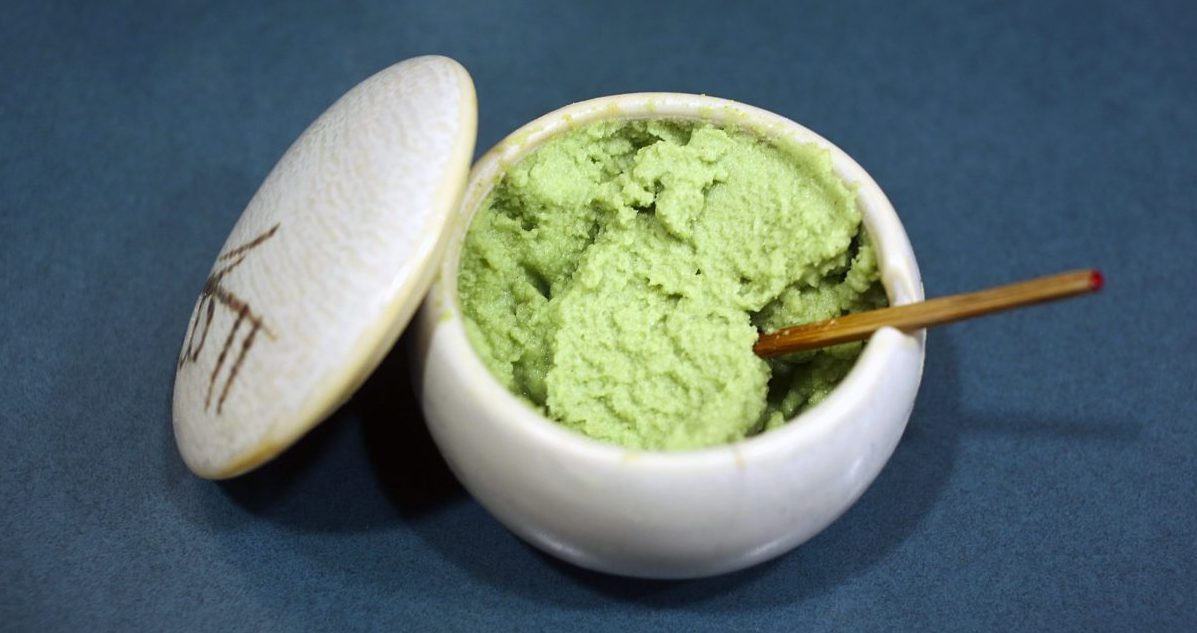
While some sushi lovers may occupy themselves with soy sauce, others will opt for the spicier wasabi. Bad news: it probably isn’t even wasabi. 99% of wasabi served in American restaurants is a mix of horseradish and green food colouring. Even in Japan, it may be hard to come by the real stuff, as it’s a hugely expensive plant to grow. Yellow dye no. 5 – a carcinogen, meaning it can cause cancer – is one of the dyes found in this fake wasabi.
Scombroid poisoning
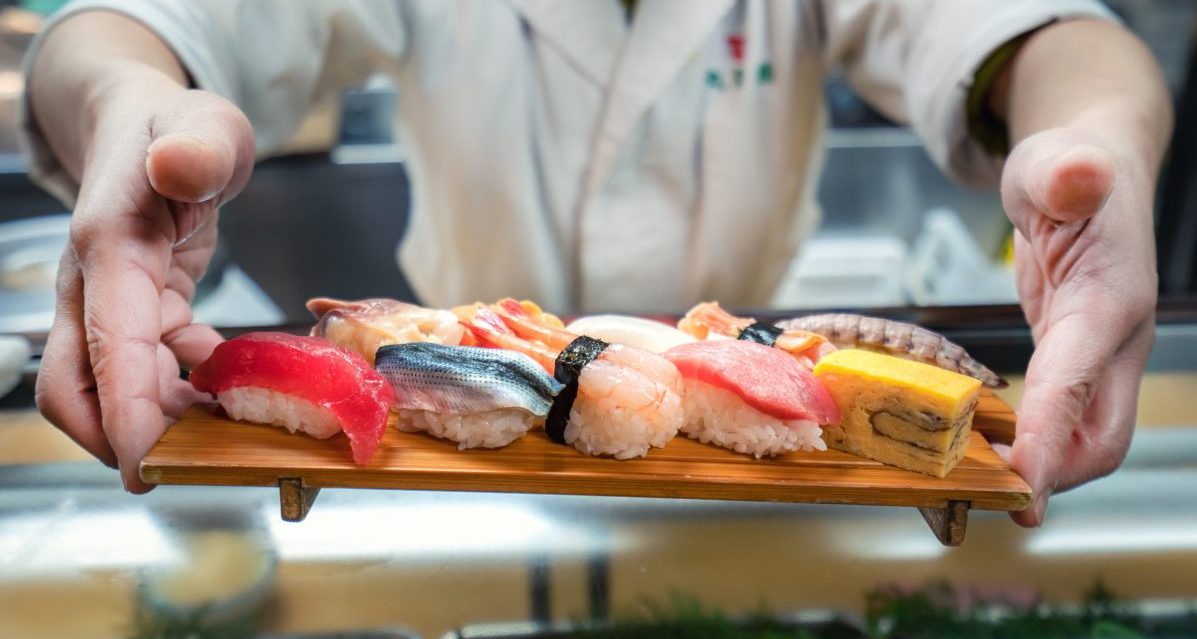
Scombroid food poisoning is another illness triggered by histamine when fish are not stored properly, leading to decay. This excess histamine doesn’t get killed during heating and can subsequently lead to allergic reactions, if not anaphylaxis. In 2008, scombroid poisoning accounted for a whopping 38% of all seafood-related illnesses in the United States.
Man-made toxins
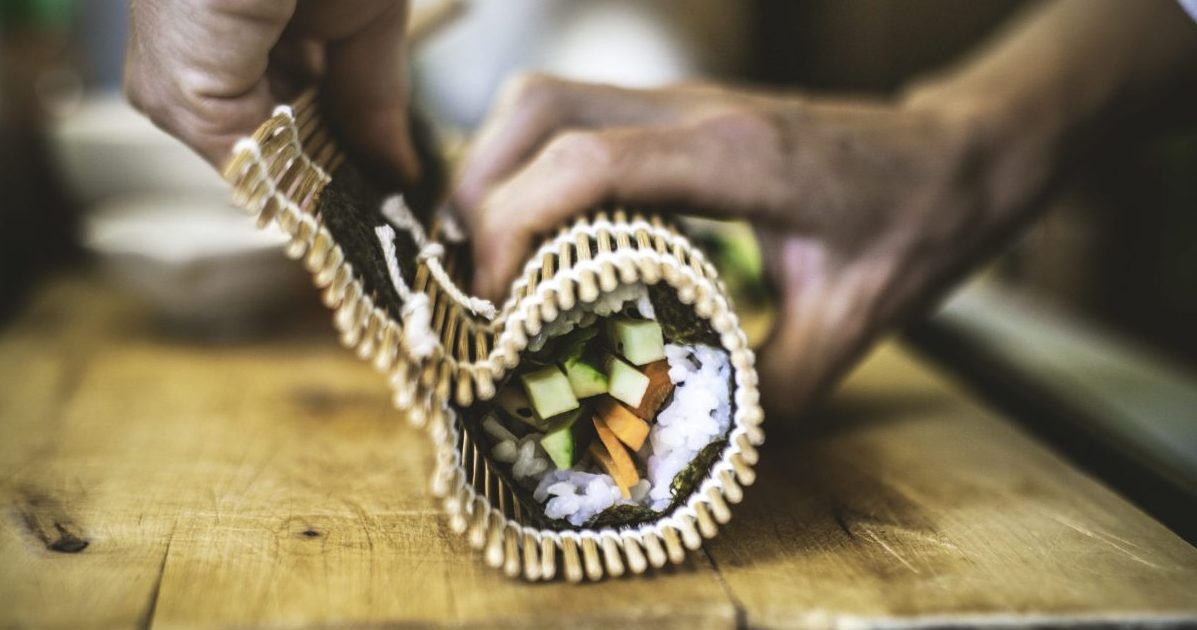
Toxin exposure from sushi is alarming for a snack that is supposed to be healthy. Ciguatoxins in particular – produced by marine algae microorganisms that affect fish like red snapper, grouper, jack and barracuda – can cause nausea, vomiting and diarrhea. In some cases, it can trigger neurological problems such as hallucinations. Is it worth it?
Bad staple ingredients
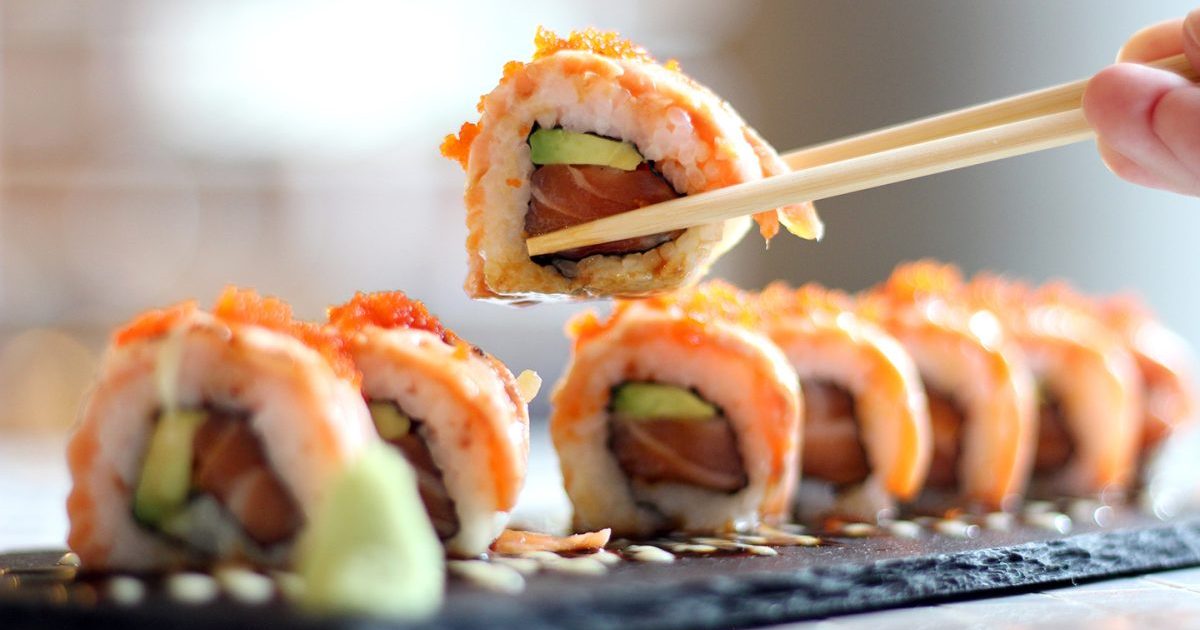
What’s sushi without dipping sauce? Most punters opt for soy sauce, which is one of the unhealthiest condiments out there. Packed with sodium, which can contribute to high blood pressure, it’s also been known to increase your risk of a stroke or heart attack. In the United States, almost all soy is made from GMO seeds, too.
The white rice is full of sugar
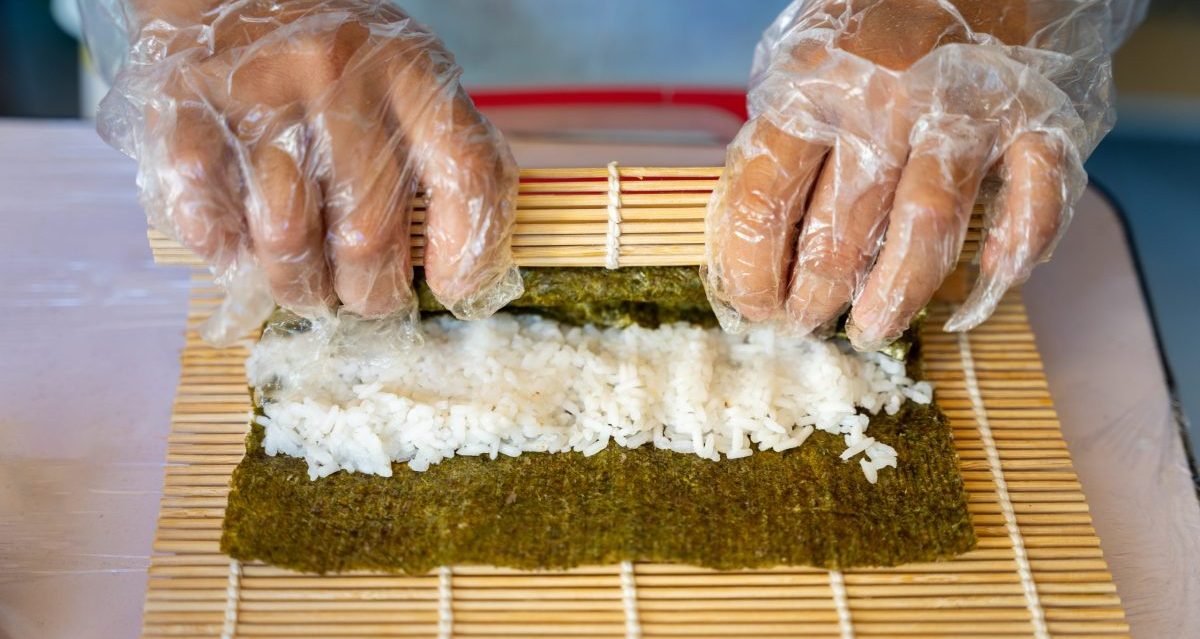
The white rice is little more than empty calories, we’re sorry to say. They enter your bloodstream directly, cause a sugar spike, and then bring you crashing down. They’ve been linked to heart, liver, kidney and pancreas diseases, as well as Celiac disease and gluten intolerance. Pair your sushi with something healthier like edamame or a side of vegetables to balance this out.
It used to be cat food

Back in the 1960s, bluefin tuna was generally considered cat food, rather than a delicacy. How times change! The bluefin tuna is now so esteemed that in 2013 one weighing 489 lbs was bought by Japanese chain restaurant owner Kiyoshi Kimura for $1.76 million at the famous Tsukiji Fish Market. That works out at around $176 per piece.
Yours may have been caught using slave labour
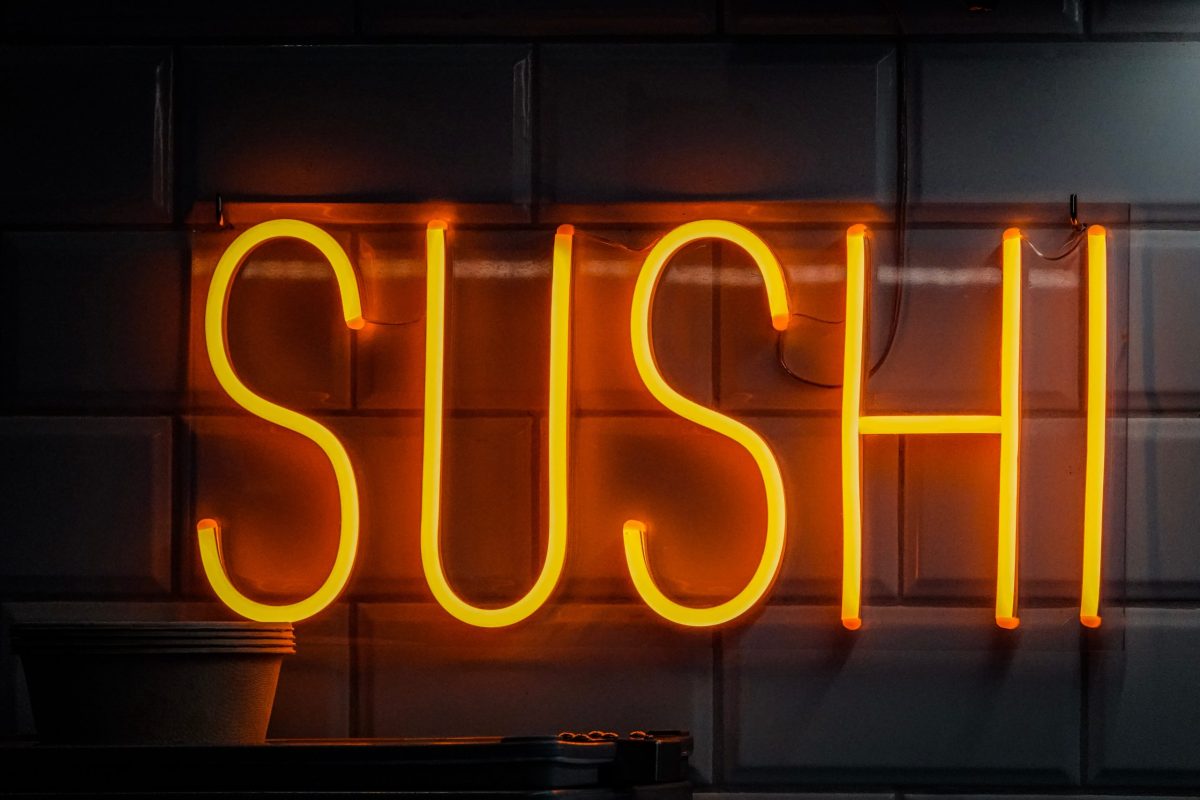
A new Seafood Slavery Risk Tool will make corporate seafood manufacturers reveal the origin of their supply chain in a move to expose slave labour. This is the brainchild of the Monterey Bay Aquarium, who also brought us the Seafood Watch program. The seafood industry is infamous for the amount of slave labour and human trafficking committed in its name.
Many fish are becoming endangered
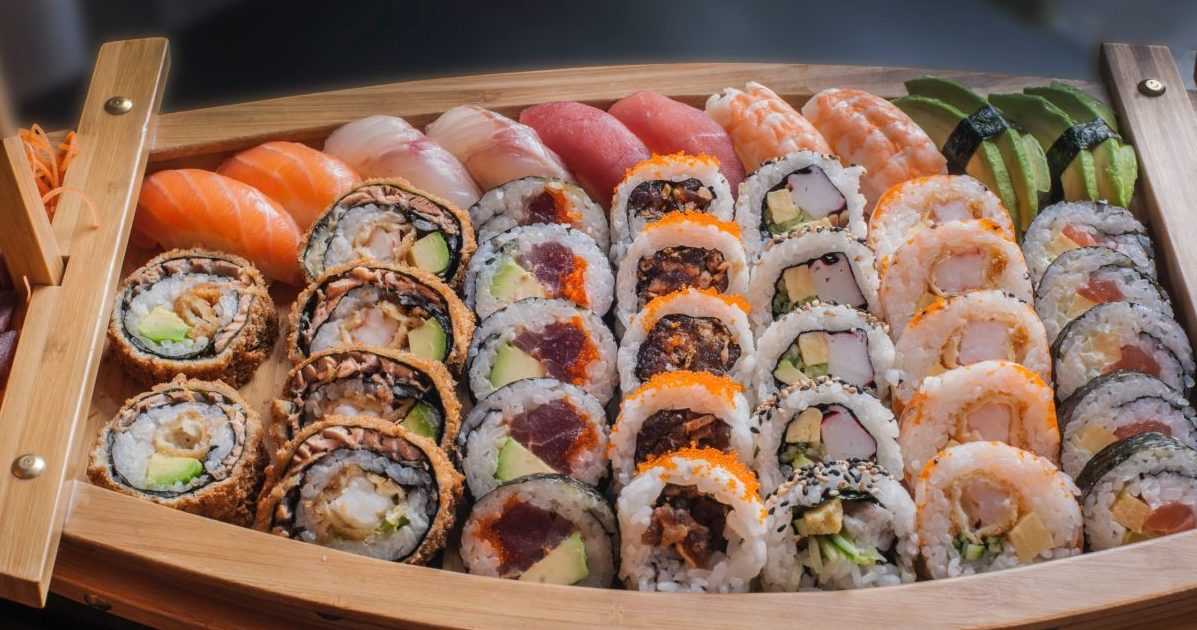
While shrimp itself isn’t becoming endangered, the practice of catching it is putting many other fish at risk of extinction. Drag nets used to scoop up shrimp also catch many other species, most of which are already dead or dying by the time they are thrown back into the ocean. For every pound of shrimp caught, five pounds of other fish are harmed.
It can cause meningitis
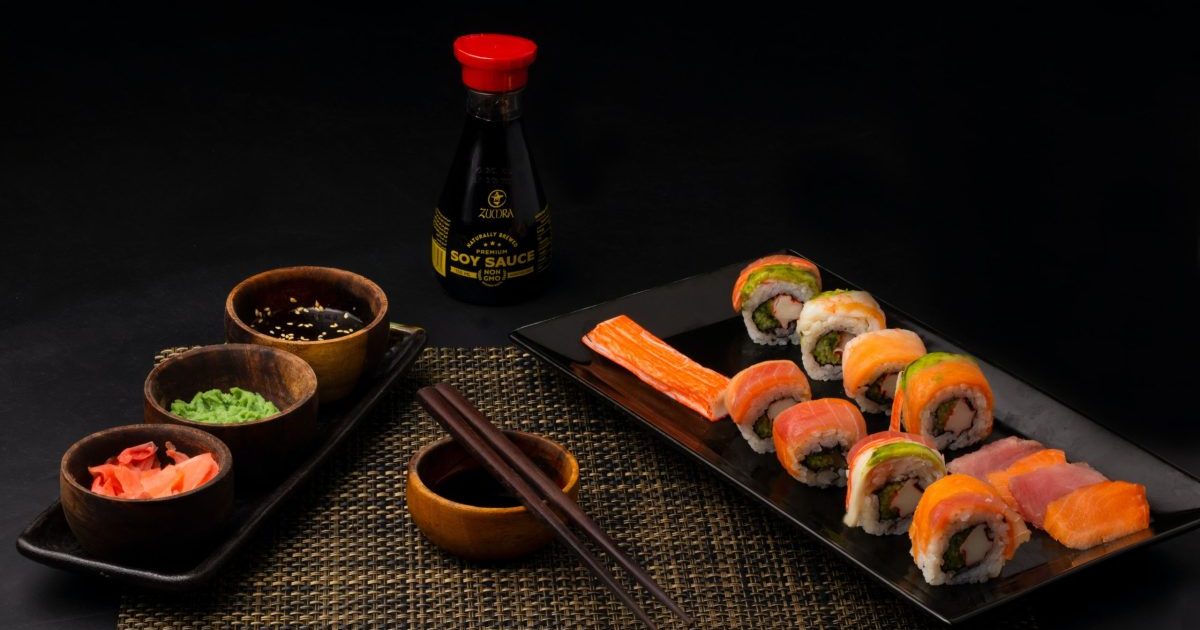
Raw seafood can also put people at risk of listeriosis, which can have particularly adverse effects on pregnant women, newborns, the elderly and anyone else with a weakened immune system. If listeriosis spreads to the nervous system it can lead to inflammation of the membranes and fluid around the brain and spinal cord – in other words, meningitis.
It’s high in calories
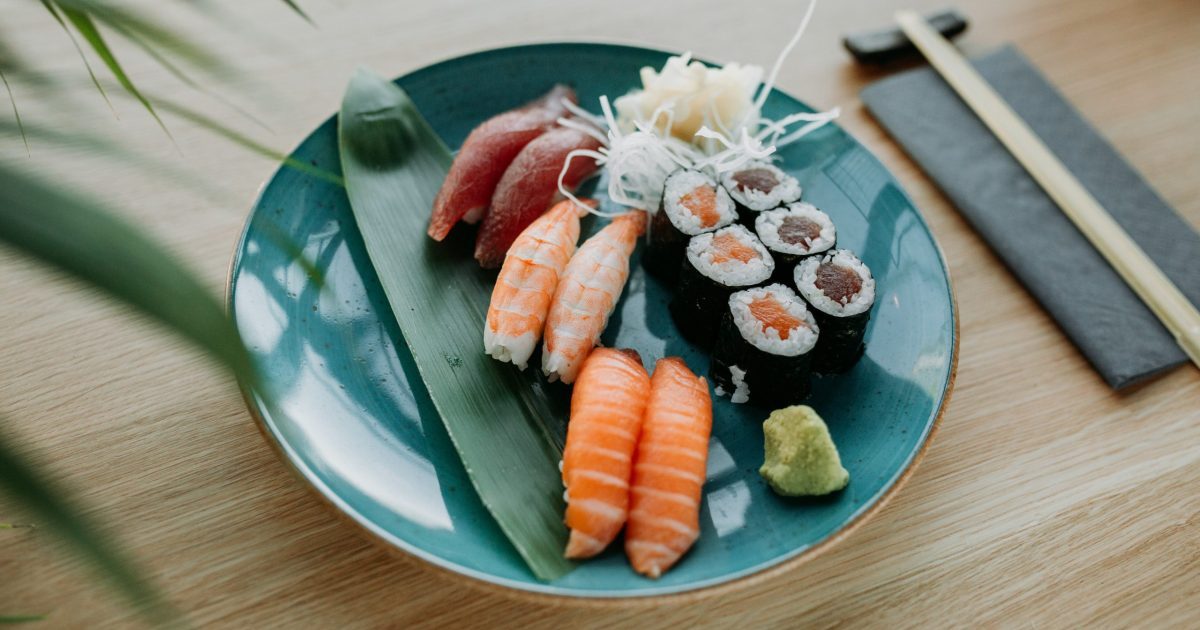
Sorry, but your beloved sushi is pretty heavy on the calorie side of things. While certain rolls contain fewer calories, some like the tempura roll contain a ton, due to the batter used and the oil it’s fried in. Most rolls will have anywhere between 200 and 250 calories, and thanks to the white rice and sugar, all of them are empty.
The rice used to be considered garbage
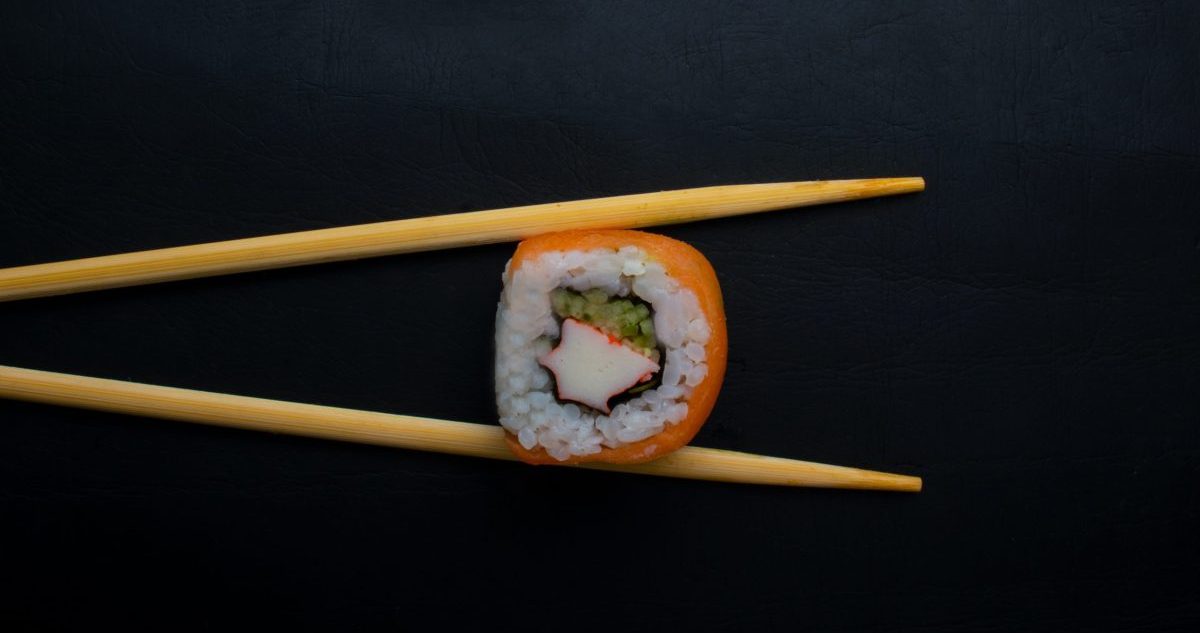
Narezushi, the OG sushi, was made of fermented rice and aged fish. This fermentation process gave it a unique flavour while preventing the growth of bacteria. When it was done, the fish would be eaten while the rice would be thrown away. As time marched on, rice became a major part of the sushi experience.
Risk of salmonella
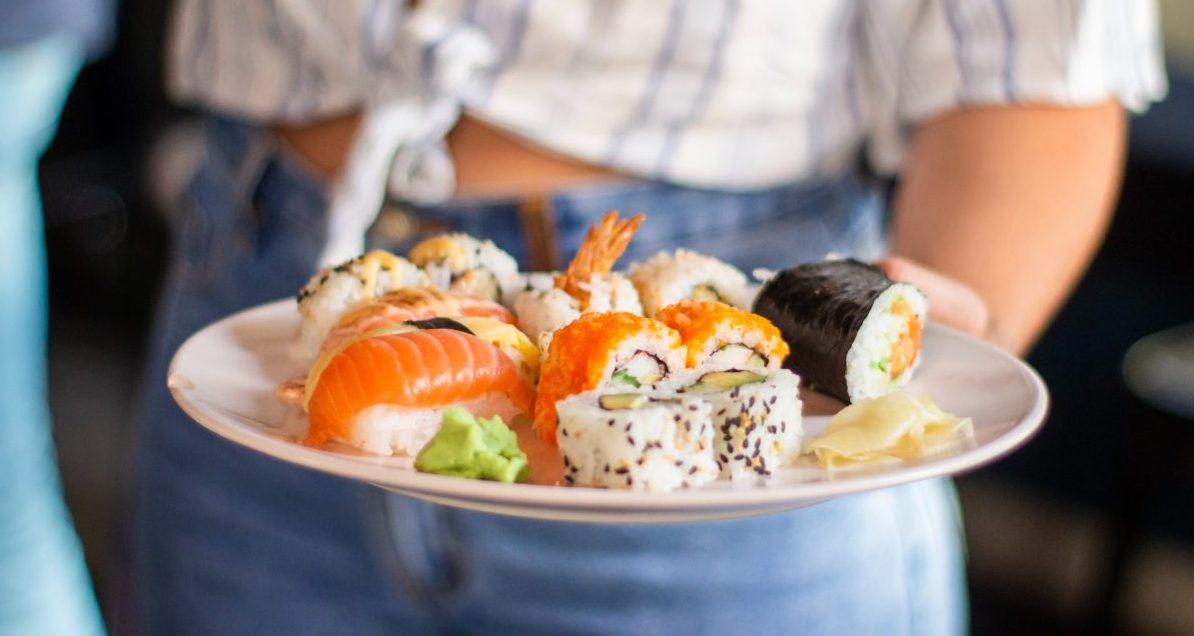
A 2022 study of 250 sushi samples found salmonella in 1.6% of them. Usually beginning one to three days after eating contaminated food, salmonella shows up in stomach cramps, fever, and diarrhea. The elderly and those with low immune systems are most at risk so don’t let your grandparents go out for sushi if you can help it.
Sushi contains hidden sugars
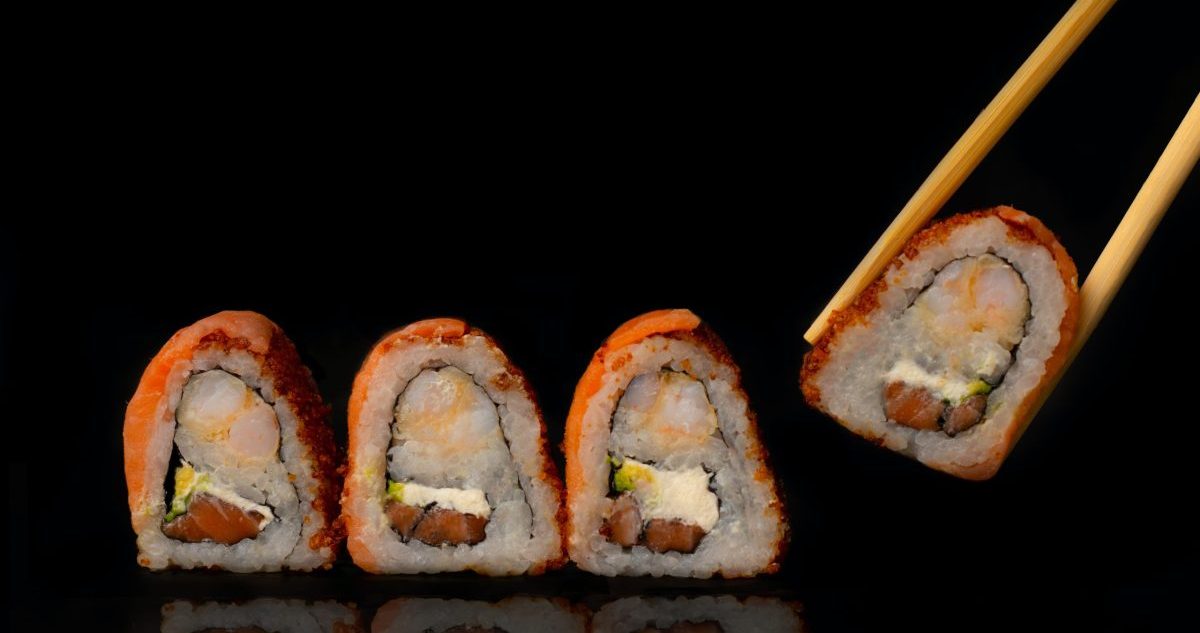
It’s a sneaky old thing, sushi, isn’t it? There it sits, small, wholesome, harmless. Meanwhile, on the inside, it’s laughing at us. That white rice you see is made up of sugar and rice wine vinegar. Put together all the other sweeteners used and you’re looking at a sushi roll that contains up to three or four teaspoons of added sugar.
Sushi used to be a street food
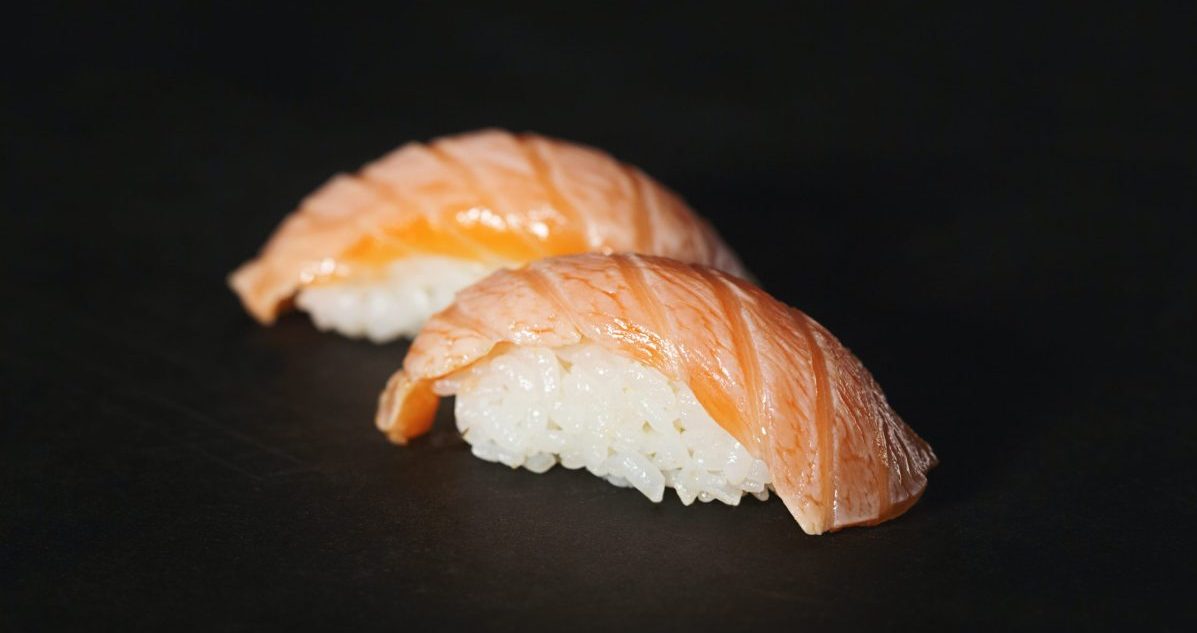
Yes, sushi, the sometimes painfully expensive delicacy found in high-end restaurants was once a humble, grubby street food, made as a quick on-the-go snack for Japanese citizens. Then the 1923 Great Kanto earthquake killed over 100,000 and displaced countless others. But the pull was strong. Sushi returned in restaurant form and the rest is history.
Supermarket sushi is sour
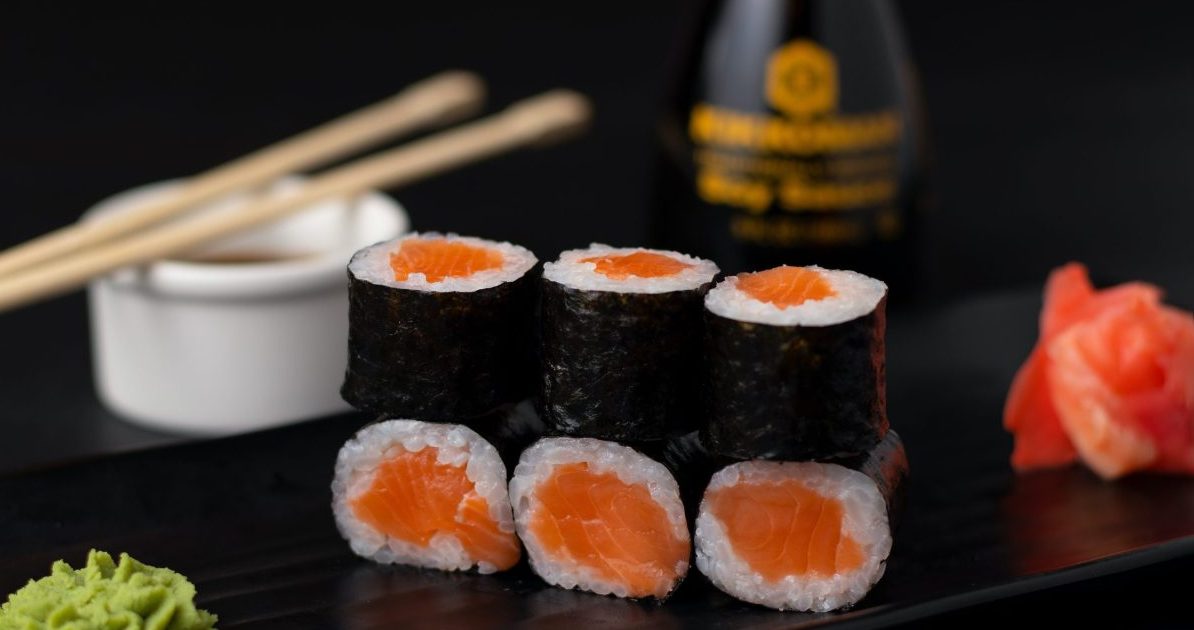
Once meat or fish is exposed to air, it oxidises and turns sour. The personal touches of a professional sushi chef - who will cut and form the fish over the rice, keeping it at body temperature - are vacant from your ready-made sushi. Expect your supermarket-bought alternative to be a decent but sour-tasting downgrade.
The fish is almost always a different kind than advertised

You’re likely to be fed farmed fish when having sushi, which are full of antibiotics, pesticides and dangerous chemicals. Such fish farms produce a gross amount of excrement which creates a breeding ground for bacteria. Restaurants buy farmed fish because it’s cheap and have been known to sell it under a different name. A study at UCLA examined fish ordered at 26 different LA restaurants over four years and found halibut and red snapper orders were almost always another type of fish.
It can cause Vibrio
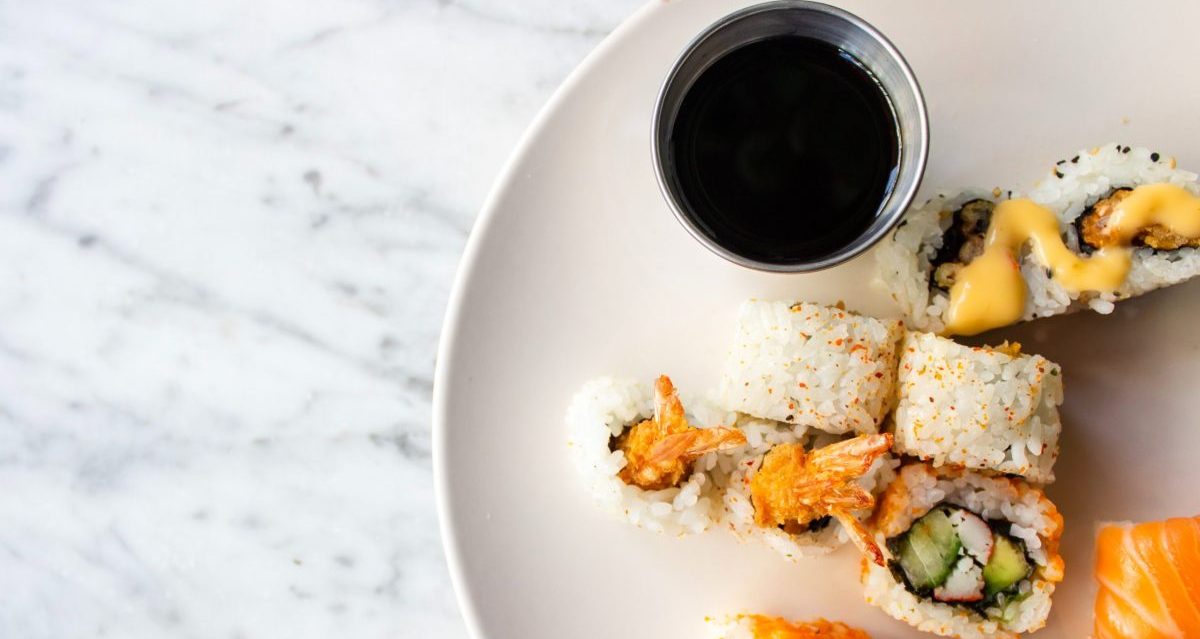
The bacterial species Vibrio parahaemolyticus is linked with undercooked and raw fish – like the kind found in sushi. This particularly nasty strain of bacteria can lead to diarrhea containing blood, as well as fevers, vomiting and stomach cramps. Is any plate of cold fish and rice tasty enough to warrant running that risk…?
Sushi is high in carbs
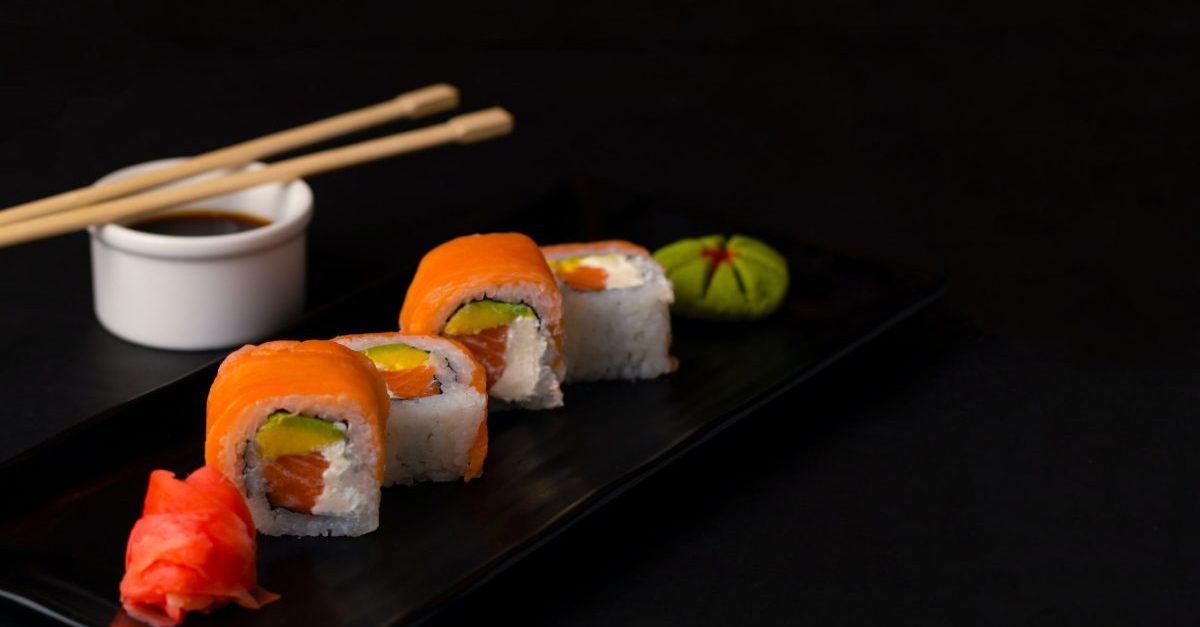
If you’re keeping an eye out on your carb intake, don’t be fooled by the dainty, healthy-looking piece of sushi on that supermarket shelf. One serving contains anywhere between 28 and 64 grams of carbs. Low-carb diets recommend no more than 50 or 150 grams of carbs per day. Where does it all come from? The rice, the sugary sauces, basically anything that makes sushi taste good.
Women were banned from being sushi chefs
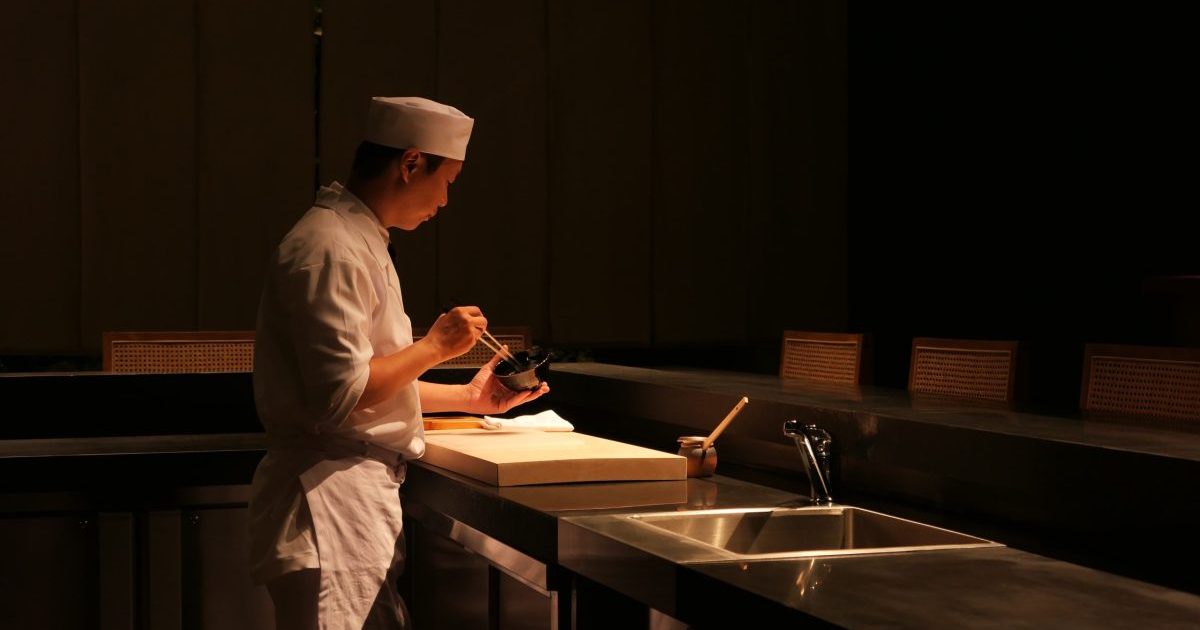
The sushi master title is hard for a man to reach, let alone a woman. Up until very recently, it was impossible for women to become sushi chefs. It was thought that their hair oil and makeup would alter the taste and smell of sushi. On top of that, women’s menstrual cycles were blamed for creating an imbalance in their taste due to higher body temperatures.
It can cause Bacillus cereus

When it comes to sushi, there are more dodgy illnesses on offer than you can shake a pair of chopsticks at. Bacillus cereus is one such foodborne disaster. Unlike the others, it isn’t caused by raw fish but by rice. Eating contaminated rice that’s been sat at room temperature can leave a punter with a serious case of the runs.
Wasabi was used to kill parasites
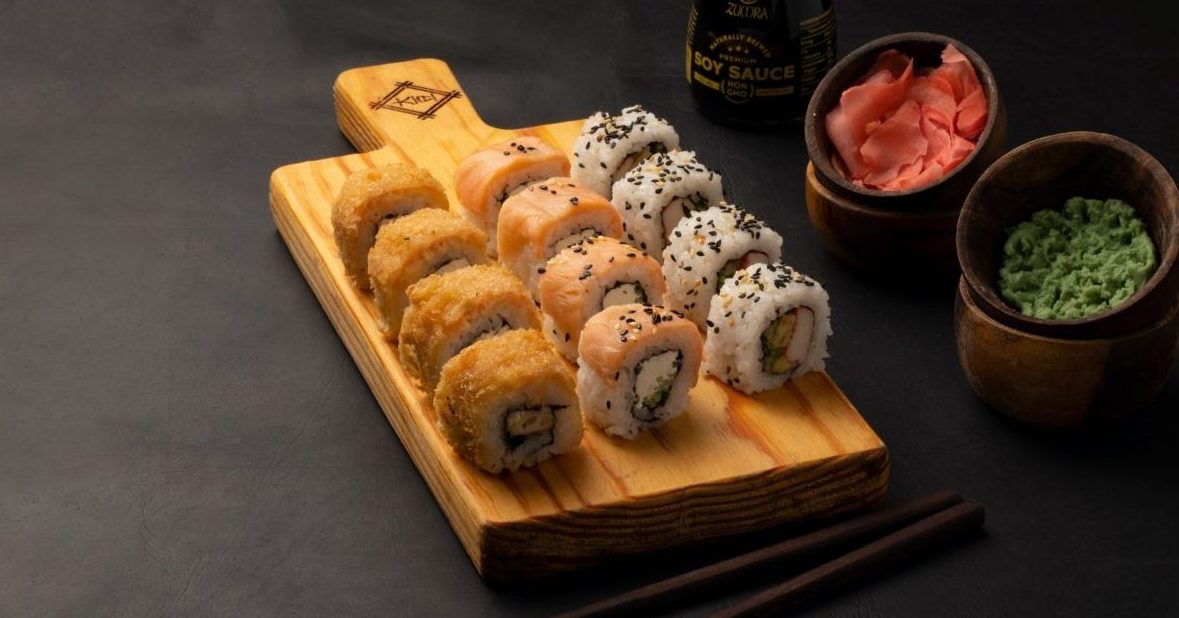
We’re talking about the real stuff here. The heat in authentic wasabi comes from the antimicrobial chemicals present in the plant. It was historically used in sushi to kill any parasites and microbes natural to raw fish. Most fish and seafood are now flash-frozen, ruling out the risk of parasites – but you never know.
It has a ton of MSG
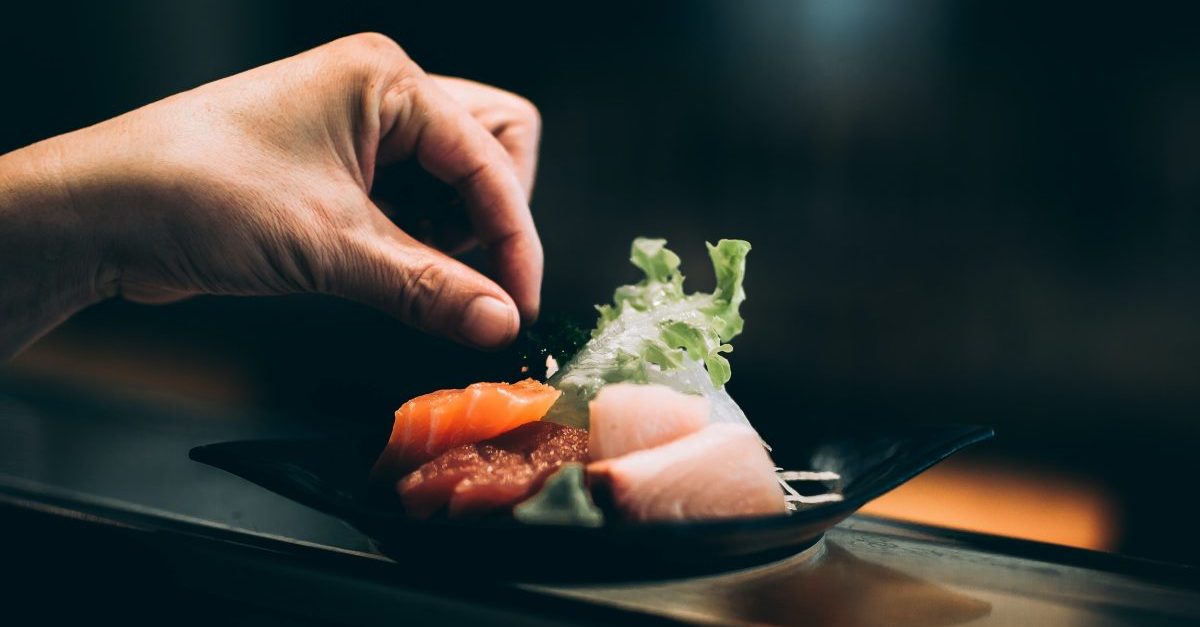
Ah, monosodium glutamate, the scourge of Asian cuisine. The naughty boy. The cheeky devil. Legendary are the stories related to this lil’ additive. Known to cause migraines, chest pain, nausea, and a numbing sensation across the body, MSG gets a whole lotta bad press, but this doesn’t stop it being commonly used in sushi production. In fairness, sometimes it’s naturally occurring in the food, but often it’s used as an additive.
Sushi is handmade
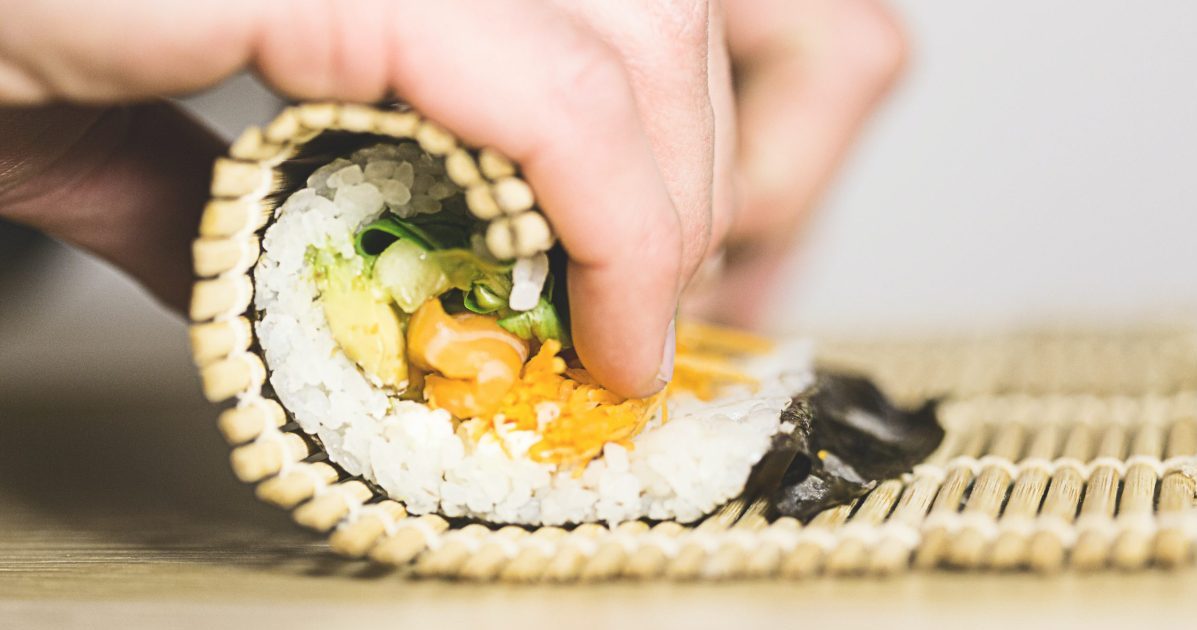
Although most respectable sushi outlets will exercise complete hygiene control when it comes to the production of their fishy wares, often wearing gloves just in case, the lower end of the sushi market may have dirtier standards. Throw down a few rolls handmade by someone carrying an illness, and you won’t be surprised to learn you’re very likely to wind up getting ill yourself.
Fried rolls are made with canola oil
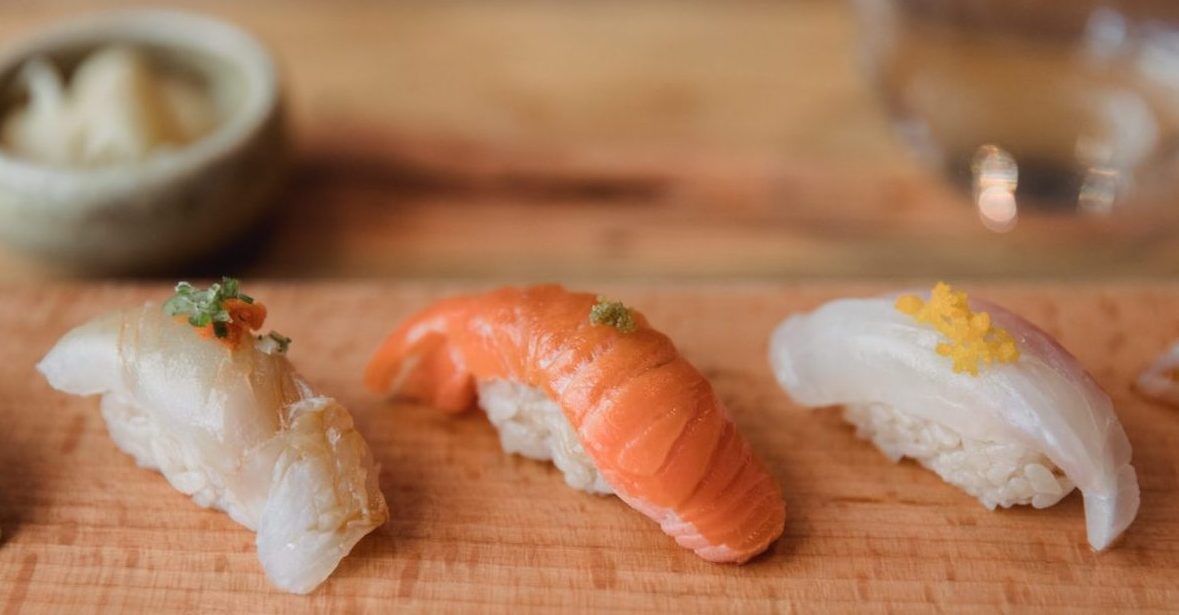
Stay away from canola oil if you can. It can cause numerous health problems like inflammation, which often acts as a trigger for many other diseases. Chances are if you go to a sushi restaurant and order anything fried, it’s likely getting dunked in canola oil, cancelling out any and all of the roll’s healthy ingredients.
It can contain carcinogens
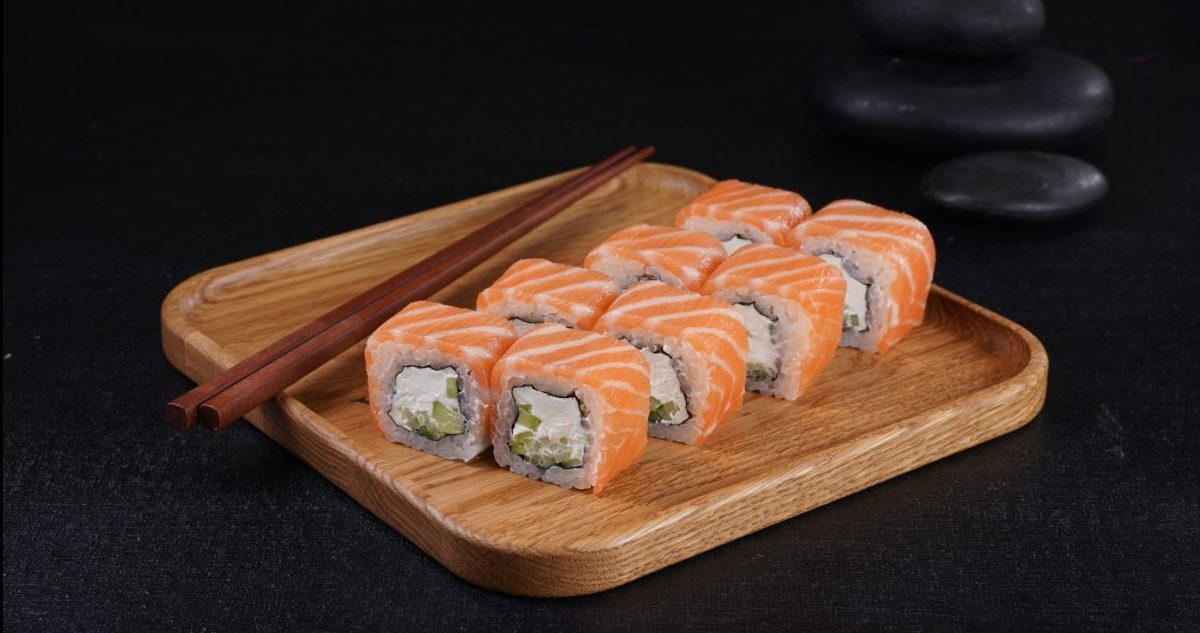
Don’t mess with the barbecued eel, which is almost always farmed. Although this particular type of sushi is produced in Taiwan, it is farmed in China, where toxic nitrofuran ( which is a strong carcinogen) is used to lessen the spread of disease in overcrowded pens, along with other drugs and pesticides. Doesn’t exactly scream ‘yum!’ does it?
Some of it is disgustingly over-priced
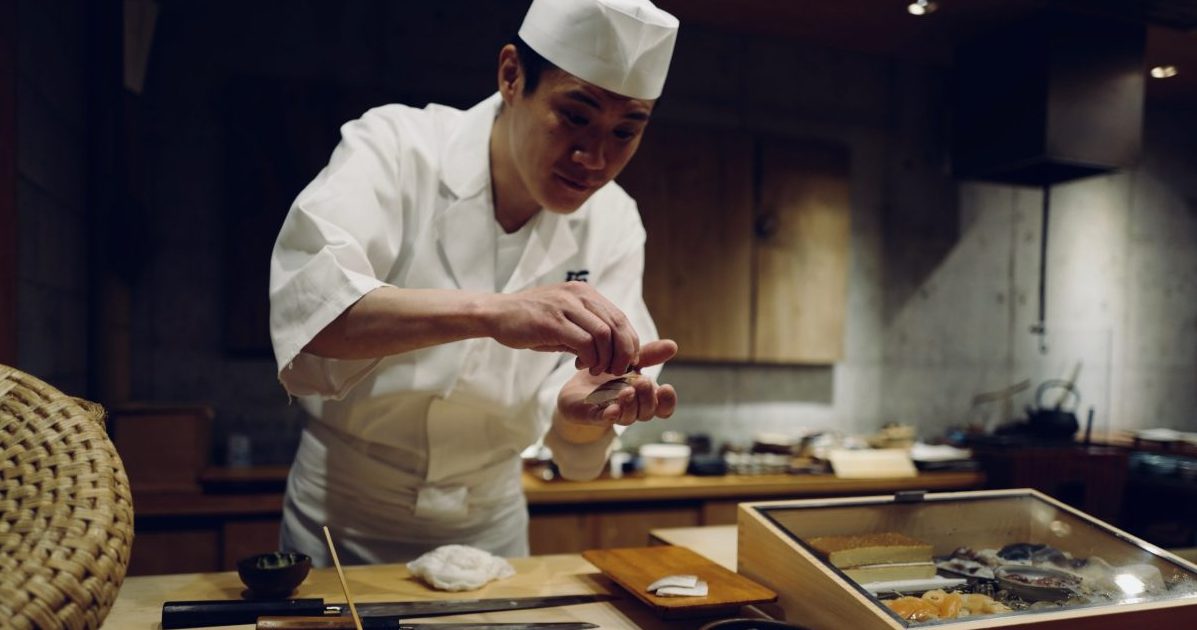
Manila-based Angelito Aranete, Jr. holds the Guinness World Record for the world’s most expensive sushi, with an eye-popping price tag of $1,978.12. Why? It is covered in 24-karat edible gold leaves, three Palawan pearls, and 20-karat African diamonds. This is a pretty tasteless display of extravagance in the face of so many people struggling to make ends meet.
Fish availability is in severe decline
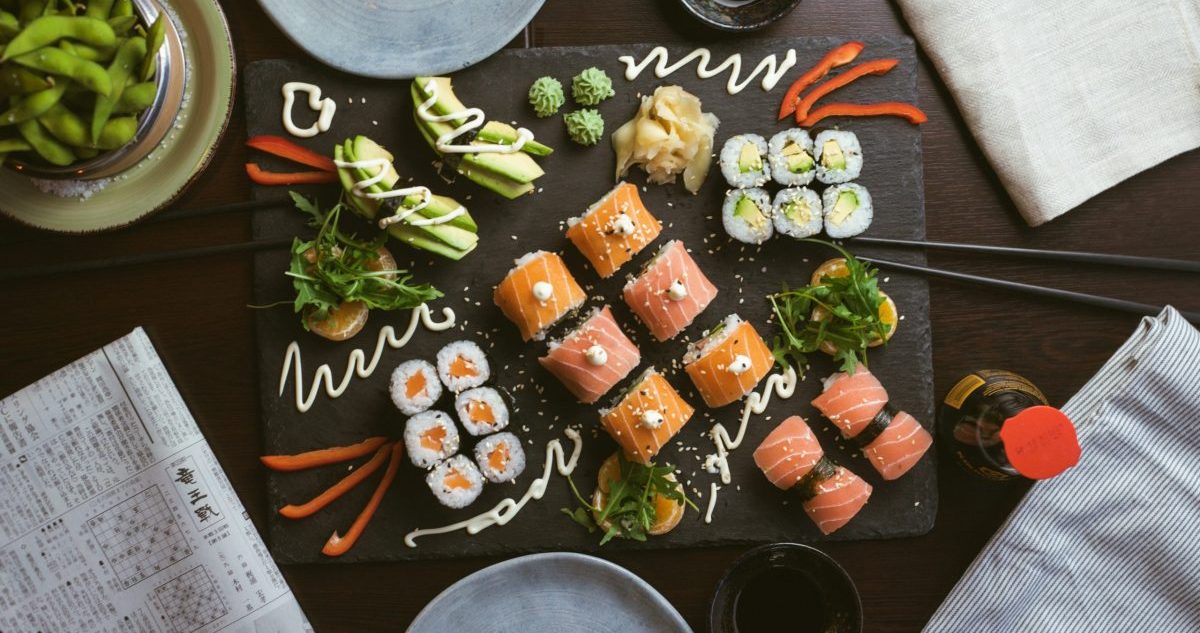
In the last 50 years, the number of over-fished species has tripled. The main reason for this is bycatching, the act of scooping up a host of fish that are discarded for a certain species, and if left unchecked there won’t be only be no fish left for sushi, there won’t be any seafood – or sea life – at all. Spanish-American marine ecologist and explorer, Enric Sala, notes that “many fisheries have collapsed, and 90 percent of the large fish, sharks and tuna and cod, are gone.”
It can cause anisakiasis
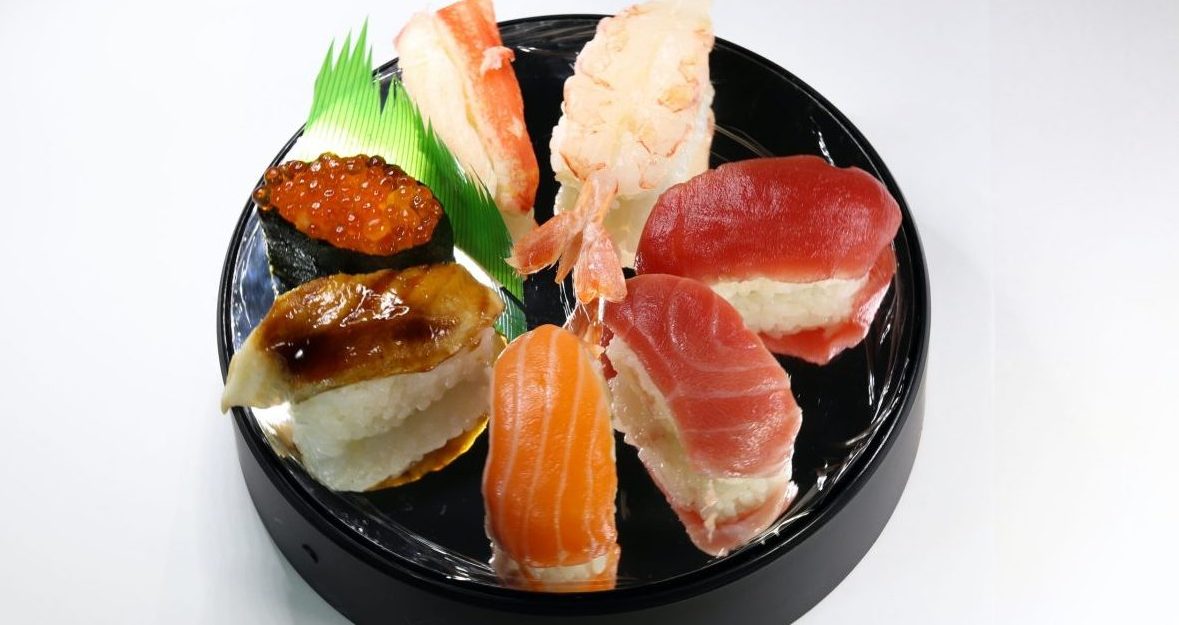
Eating certain raw or undercooked fish can result in Anisakiasis (herring worm in layman’s terms). Having one of these little guys inside you can lead to severe nausea and vomiting within hours of consumption. If they aren’t vomited out of your system, they’re likely to dig themselves into the walls of your intestines.
Sushi can be bad for your skin
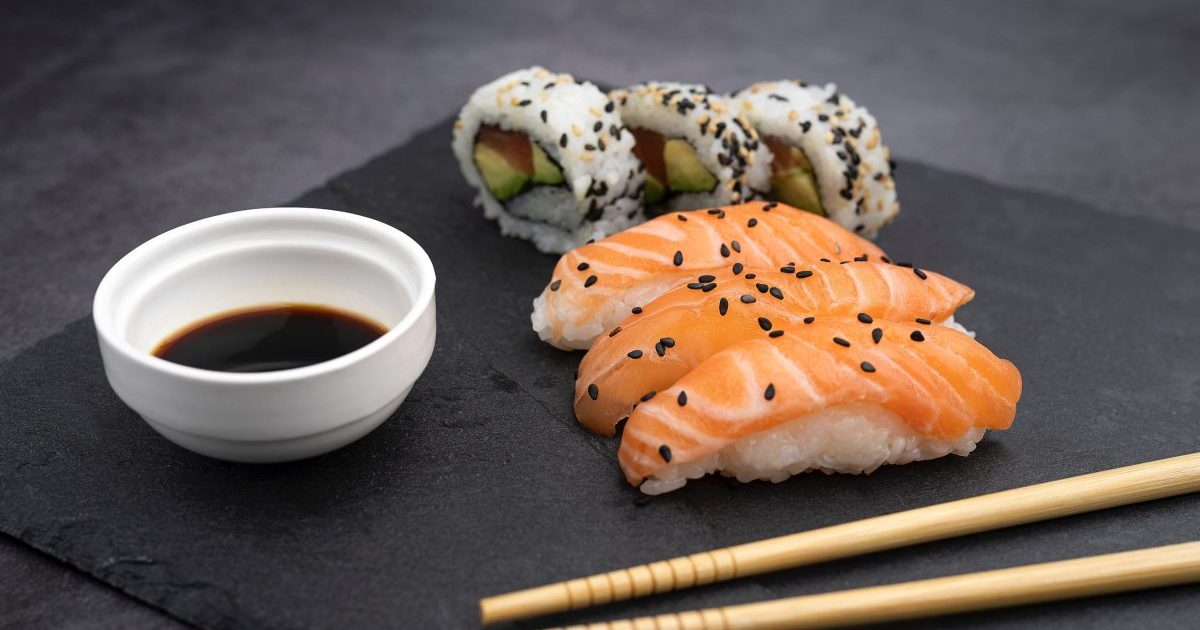
Not all forms of sushi cause acne, but some do. The very popular California Roll is one. The white rice can cause a spike in blood sugar, leading to a rush of hormones that can increase oil production and trigger breakouts of acne. Soy sauce is also something to watch thanks to its natural gluten. The iodine in nori sheets can also aggravate the skin.
There’s a risk of E. coli

Yet another strain of bacteria that could be found in sushi is the dreaded Escherichia coli, more commonly known by the abbreviation E. coli. While it gets a bad name, most strains of the bacteria are actually pretty harmless – but when it’s bad, it’s very bad. Nasty strain of E. coli can cause stomach cramps, fatigue and diarrhea, and in the worst cases pneumonia, kidney failure and even death!
Sushi can be fattening
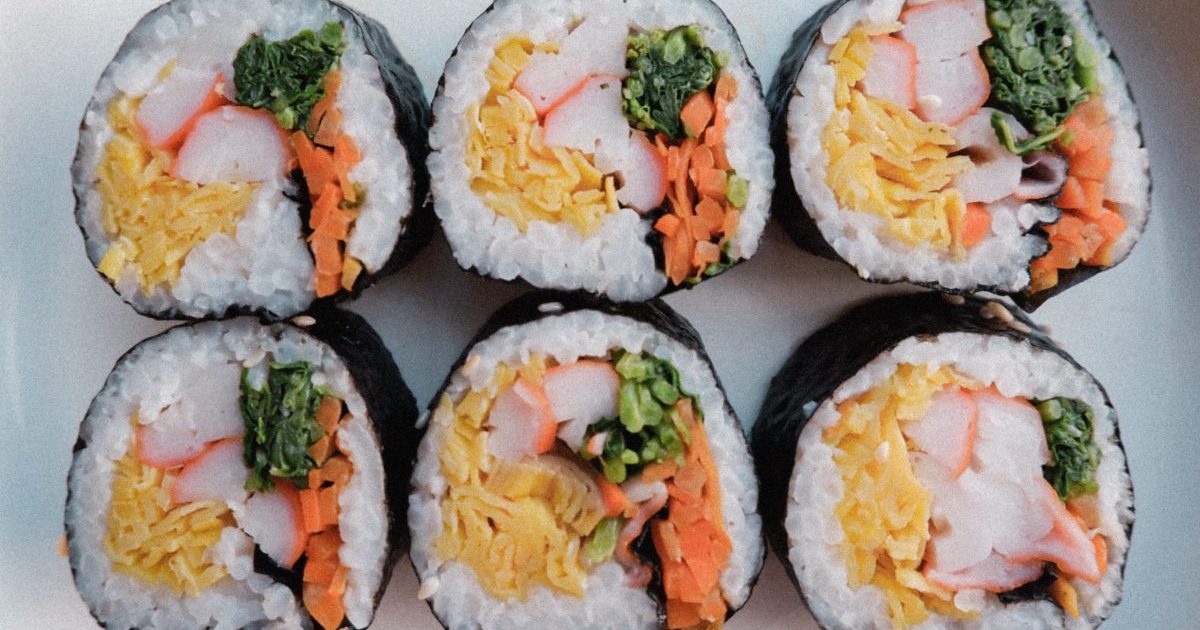
Look, you’re never gonna become morbidly obese eating sushi now and then, but there are versions of the delicacy that stray away from the ultra-healthy stuff you’ll find in Japan. In the west, some sushi places use fried meats rather than fish, as well as fatty dressings such as mayonnaise.
It can contain escolar
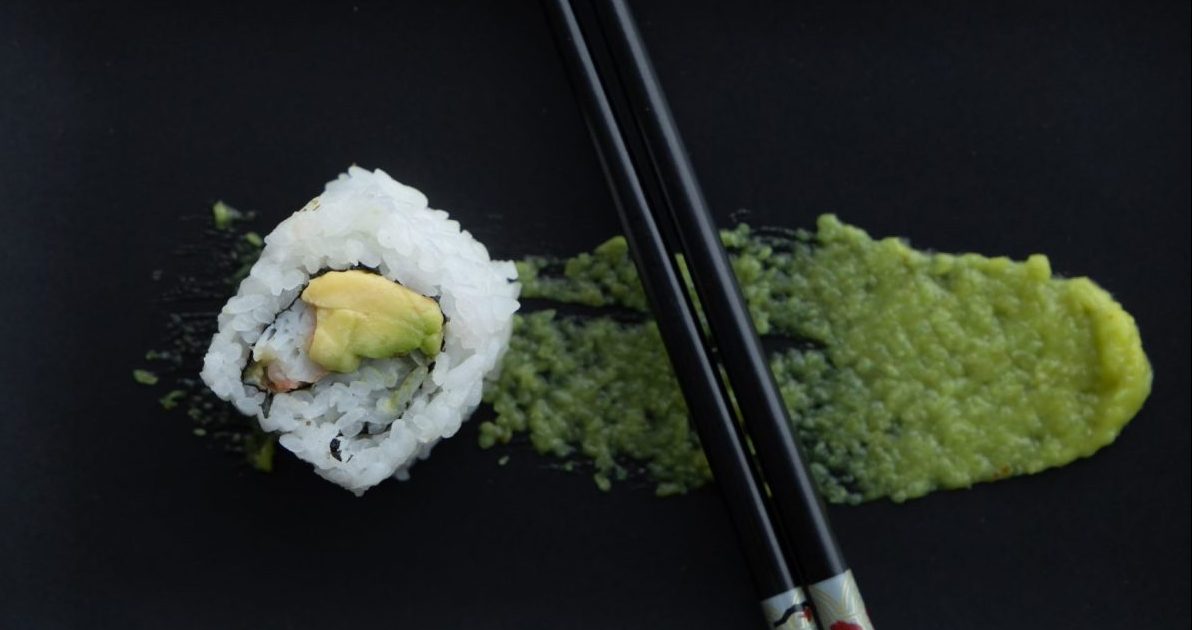
Forget about the safe-sounding “white tuna” and “butterfish”. What you’re actually eating is escolar, a fish that has been banned in Japan since 1977, as well as Italy. This dangerous, if tasty, mackerel cannot metabolise the wax esters in its diet, which can have a nasty gastrointestinal effect on humans.
May have traces of pollutants

Pollutants? In sushi? Yes. Farmed fish are likely to gather toxic pollutants like polychlorinated biphenyls and polybrominated diphenyl esters, which have been shown to cause diseases – including cancer. Cooking the seafood reduces the risk of eating any of the toxins, but the nature of the food means sushi chefs aren’t really big on cooking the fish they feed you.